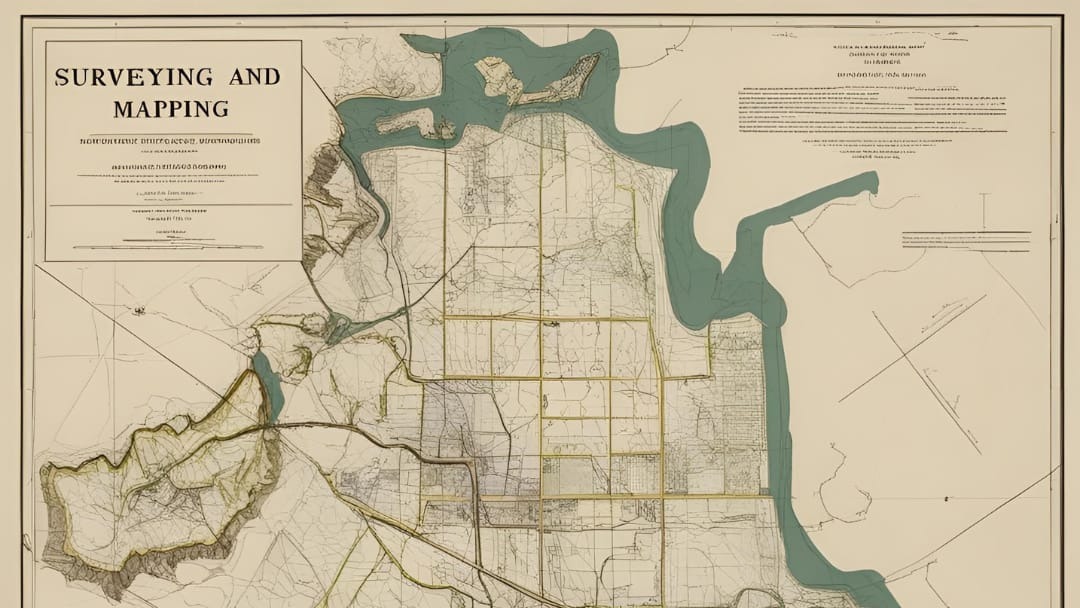
About Course
The Surveying and Mapping course is designed to introduce students to the fundamental principles, techniques, and technologies involved in the measurement and mapping of land and physical features. Surveying is an essential aspect of civil engineering, construction, land development, and environmental studies, as it provides accurate spatial data needed for design and construction.
This course will cover the various methods used for land surveying, including traditional techniques like using levels, total stations, and GPS, as well as modern approaches involving Geographic Information Systems (GIS) and remote sensing technologies. Students will gain hands-on experience in conducting surveys, interpreting survey data, and applying mapping tools to create detailed and precise maps for engineering, construction, and land-use planning purposes.
Course Content
Introduction to Surveying
-
Overview of surveying and its importance
-
Types of surveys: topographic, cadastral, construction, etc.
-
Surveying terminology and units
-
Basic survey planning and preparation
